May 19, 2025 | 20:17 GMT +7
May 19, 2025 | 20:17 GMT +7
Hotline: 0913.378.918
May 19, 2025 | 20:17 GMT +7
Hotline: 0913.378.918
On February 15, in Thanh Phu commune, Co Do district, the National Agricultural Extension Center along with Can Tho Agricultural Service Center and Binh Dien Fertilizer Joint Stock Company held a preliminary seminar to review the high-quality, low-emissions rice model in the winter-spring crop 2024 - 2025.
This program is implemented by the National Agricultural Extension Center in coordination with Binh Dien Fertilizer Joint Stock Company and agricultural extension centers and agricultural service centers of 12 provinces and cities in the Mekong Delta region.
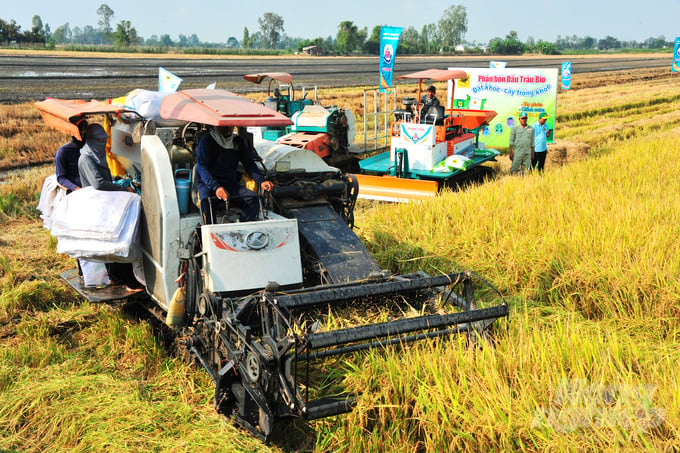
A high-quality, low-emissions rice model is implemented at Tien Dung Agricultural Cooperative, Thanh Phu commune, Co Do district, Can Tho city. Photo: Le Hoang Vu.
In the case of Can Tho, the low-emissions rice project was implemented by the Can Tho City Agricultural Service Center at Tien Dung Agricultural Cooperative, Thanh Phu commune, Co Do district on an area of 50 ha. There were 20 farming households registered for participation.
The 2024 - 2025 winter-spring crop is the first time the cooperative applies the model, using the Dai Thom 8 rice variety with a sowing rate of 70 kg/ha. The cooperative members choose the sparse sowing methods, certified seed sources, synchronize technical advances in production such as "1 must 5 decreases", integrated pest management (IPM), alternate wetting and drying (AWD) irrigation, and utilize mechanization in sowing, rice harvesting and straw collection stages.
“Households carried out water withdrawal exactly four times according to the alternate wetting and drying irrigation process, reducing greenhouse gas emissions by practicing sparse sowing and basal fertilization. Using specialized fertilizers from Binh Dien Fertilizer Joint Stock Company also helped reduce the amount of nitrogen fertilizer needed.
“As a result, rice yield in the model reached 8.8 - 9.5 tons/ha, an increase of 0.1 - 0.72 tons/ha compared to the control field. Profit reached approximately VND 30 million/ha, which is VND 5.9 - 8.9 million/ha higher than rice fields outside the model,” said Nguyen Van Dung, Director of Tien Dung Agricultural Cooperative.
According to Tran Thai Nghiem, Deputy Director of Can Tho City Department of Agriculture and Rural Development, Can Tho is one of four provinces in the Mekong Delta implementing the emission reduction rice cultivation project. It is the first locality to harvest rice in the pilot models in the 2024-2025 winter-spring crop in this area.
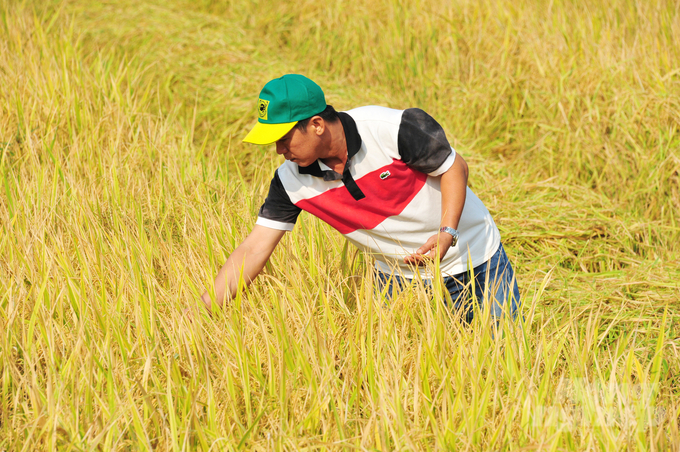
Farmers participating in the high-quality, low-emissions rice model apply sparse sowing, use certified seeds, and make the most of machinery and synchronize technical advances during the production stage. Photo: Le Hoang Vu.
This model helps farmers reduce seed density from 120 kg/ha to 60 - 70 kg/ha, and the combination of cluster sowing and basal fertilizer methods increases the efficiency of fertilizer use. The model’s ultimate goal is to reduce rice production costs to a minimum while reducing greenhouse gas emissions.
Through preliminary assessment, the model in Can Tho has reduced costs by VND 3 - 3.5 million/ha compared to traditional farming models, and profits show an increase of VND 5.9 - 8.9 million/ha. This is considered a very positive result as it further solidifies the faith of farmers. This new farming method will soon be widely replicated.
Binh Dien Fertilizer Joint Stock Company is assigned with the project in Can Tho under the management of the National Agricultural Extension Center. The enterprise plans to develop six pilot models with a total farming area of 300 ha in four localities including Can Tho, Kien Giang, Soc Trang, and Dong Thap. The implementation period will be in two consecutive crops, the winter-spring crop and the 2025 summer-autumn, then Binh Dien Fertilizer Joint Stock Company will summarize and evaluate the results for replication.
In 2024, Can Tho City Department of Agriculture and Rural Development achieved many outstanding achievements and exceeded the planned targets. Particularly in the production sector, the area and output of rice, fruit trees, and aquatic products all increased sharply.
The rice area reached 212,614 ha, exceeding the plan by 3.68%, and the output was over 1.33 million tons, exceeding the plan by 9.41%. Aquatic production reached 259,358 tons, exceeding the plan by 22%. The city also promoted production in accordance with quality standards, ensuring food safety and transparency.
*USD 1 = VND 25,250 (Exchange rate updated on February 17, 2025)
Translated by Samuel Pham
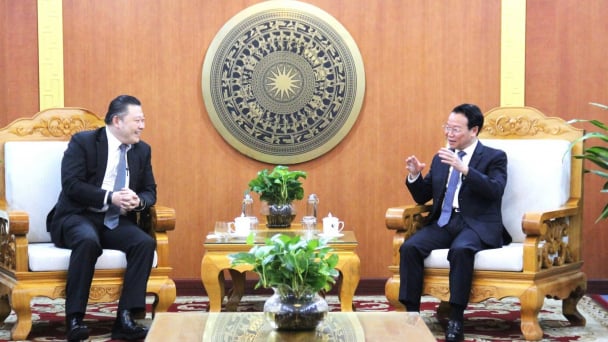
(VAN) Minister of Agriculture and Environment Do Duc Duy held a meeting with Soopakij Chearavanont, Chairman of C.P. Group, on May 15.
/2025/05/16/3800-0-nongnghiep-143756.jpg)
(VAN) Suntory PepsiCo Vietnam coordinated with the Ministry of Education and Training to implement an education program on water conservation, reaching nearly 1 million primary school students nationwide.
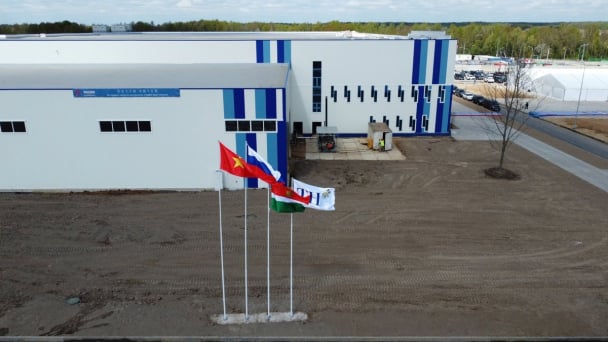
(VAN) Vietnam’s TH Group officially put its high-tech fresh milk processing plant into operation in the Russian Federation, marking a historic moment as the first TH true MILK cartons were produced in Russia.
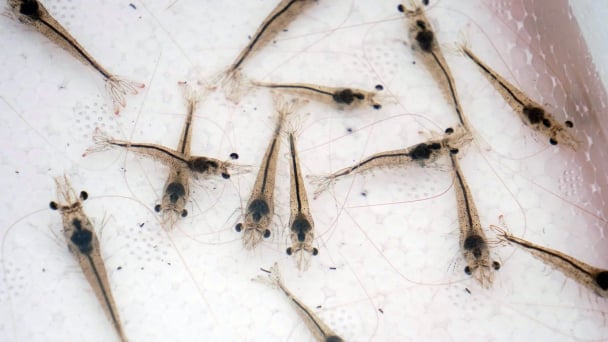
(VAN) Use of high-quality broodstock and biotechnology is regarded as the most effective approach to ensuring sustainable and economically viable shrimp aquaculture ahead of climate change and the emergence of increasingly intricate disease patterns.
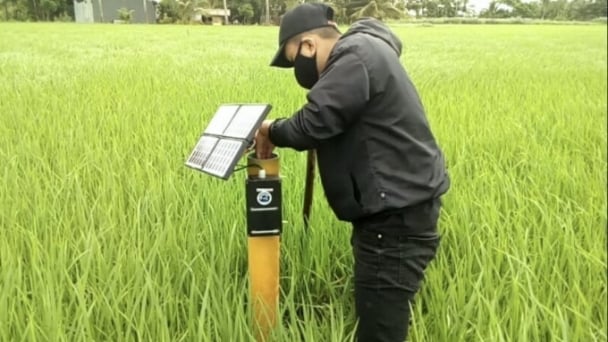
(VAN) Carbon farming is a form of agricultural practices that helps absorb more greenhouse gases than it emits, through smart management of soil, crops, and livestock.
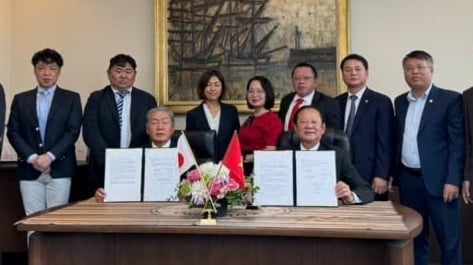
(VAN) This is a key content of the Memorandum of Understanding recently signed between the Vietnam Fisheries Society and Kunihiro Inc of Japan.
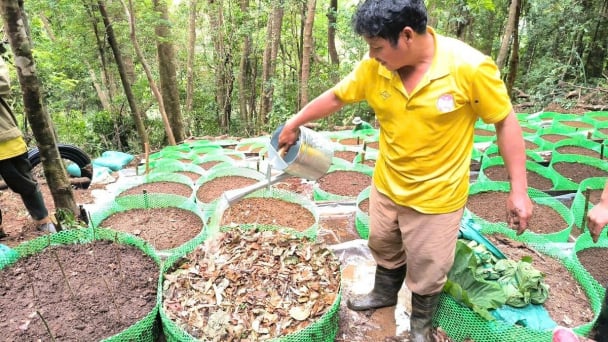
(VAN) To achieve the goal, local authorities and businesses in Kon Tum province have fully prepared the necessary conditions for the new Ngoc Linh ginseng planting season.